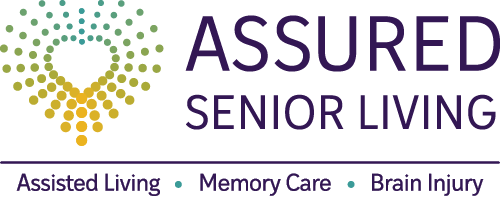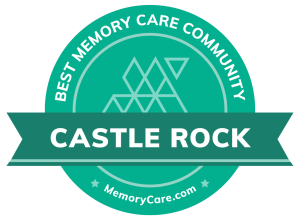BLOG
Alzheimer’s begins before symptoms appear
Alzheimer’s disease begins destroying the brain years before mental deterioration is detected, a new study suggests. This finding means there could be twice the number of people with the neurodegenerative disease in the United States — and worldwide — as currently believed.
Cognitively normal individuals who had elevated levels of a toxic brain protein called amyloid experienced more rapid declines in thinking than those with normal levels. The 445 subjects were followed for as long as 10 years after their assessment to detect any changes. The median time was 3.1 years, and the subjects’ average age was 74.
The study adds to evidence that Alzheimer’s actually begins years before symptoms appear, said Dr. Paul Aisen, senior author of the study. Aisen directs the University of Southern California’s Alzheimer’s Therapeutic Research Institute, located in San Diego.
Published in the Journal of the American Medical Association, the study can be found at j.mp/jamyloid. Aisen is the senior author; Michael Donohue, also of ATRI, is first author.
“I think this is important confirmation of the hypothesis that has been guiding our work,” Aisen said.
The finding has vast implications for health care, according to an accompanying JAMA editorial. It poses unsettling questions about how to tell people they may be on the path to Alzheimer’s well before any impairment occurs.
And the very definition of the disease should be changed to reflect that people can live with Alzheimer’s for a long time without cognitive impairment, the editorial says.
The study also points a way to beginning treatment far earlier than is done now, early enough to stop the disease before irreversible brain damage is done, Aisen said.
“My vision of the future is that many people will have screening for amyloid accumulation as they get older,” Aisen said.
“Some may decide not to have screening, just as some don’t have a colonoscopy for colon cancer or don’t check their cholesterol for cardiovascular disease. But I think that screening for amyloid abnormalities is going to be part of health care, when we have effective therapy for Alzheimer’s disease.”
The screening will probably start in middle age, Aisen said. People who show signs of amyloid accumulation can then be offered access to experimental drugs aimed at stopping the process.
Significant progress
The study, and its use of the amyloid biomarker, significantly expands knowledge about how Alzheimer’s begins, said James Brewer, M.D., Ph.D., a University of California San Diego neuroscientist who is also interim director of the Shiley-Marcos Alzheimer’s Disease Research Center.
“It’s an exciting time in Alzheimer’s research to finally have these biomarkers that can work inside the living brain, because it’s going to allow us to better understand this disease in the living human rather than relying on animal models or other potentially misleading approaches,” Brewer said.
Brewer uses MRI technology to study memory, both in healthy people and those with Alzheimer’s.
Alzheimer’s disease is today diagnosed with cognitive tests, aided in recent years by detection of amyloid, which has long been implicated in Alzheimer’s, in living patients.
Previously, Alzheimer’s could only be definitively diagnosed by autopsy, when the pathological changes characteristic of Alzheimer’s could be detected. Amyloid and another abnormal protein, tau, are believed to start the process, causing neurons to become diseased and eventually die.
That has changed with the development of imaging technology to non-invasively detect amyloid and tau in the brains of living people, coupled with more traditional imaging tools.
This work has been coordinated by the Alzheimer’s Disease Neuroimaging Initiative at USC, which seeks to find biomarkers associated with Alzheimer’s.
ADNI seeks volunteers for its studies, Aisen said. More information can be found at www.adni3.org. To learn more about all the Alzheimer’s studies coordinated by USC ATRI please visit j.mp/atriusc.
Having these biomarkers is both a blessing and a curse, Brewer said.
“It’s a blessing because if we can stop this process at the earliest phases, then that’s going to be extremely exciting because we can do it before the nerve degeneration builds up and the other bad protein builds up,” he said.
“It’s a curse because right now we actually have the capability of essentially telling a person as much as 18 years before they start to have cognitive decline, that probably bad news is coming in the future.”
Moreover, other forms of dementia may well be present in a person with cognitive impairment who has signs of amyloid buildup, Brewer said. Those other forms, which don’t have precise biomarkers, could confuse the diagnosis in any individual. For that reason, the kind of screening done for the JAMA study isn’t performed for healthy individuals as part of their care.
Followup research should incorporate tau in the observations, Brewer said, which should provide a more precise understanding of when in the process that the brain damage begins to affect thinking.
If the JAMA study had incorporated tau screening, it would have shown whether the group experiencing cognitive decline was also accumulating tau throughout the brain, Brewer said.
Aisen said that while both tau and amyloid are part of Alzheimer’s pathology, the study’s purpose was to uncover the earliest stages of Alzheimer’s. Since amyloid accumulation comes first, eventually triggering tau proliferation, amyloid status was key.
More than 5 million Americans are estimated to have Alzheimer’s, according to the National Institute on Aging. A 2013 study found that care for people with dementia cost an estimated $159 billion to $215 billion in 2010. The largest single cause of dementia is Alzheimer’s.
And since Alzheimer’s is age-related, the growing number of aging Baby Boomers is projected to increase that total unless some treatment is devised. Existing approved Alzheimer’s drugs provide temporary moderate relief for symptoms, but don’t affect the underlying cause of the disease.
Billions of dollars have been spent by drug companies and the federal government looking for such a treatment that can stop Alzheimer’s or at least prevent further deterioration. Results to date have been deeply disappointing.
A look inside the brain
One major study Aisen helped lead on a drug called solanezumab found no significant evidence of effectiveness. However there were some hints of mild effectiveness in those with the mildest symptoms.
Aisen interprets that and other results to mean that intervention needs to start sooner, as early as signs of the disease can be detected. By the time thinking impairment is detected, the underlying damage may be irreversible.
That’s the purpose behind the A4 study. It seeks trial participants who are healthy, older people with normal cognition who may be at risk for Alzheimer’s. More information can be found at a4study.org.
Since other dementias can produce symptoms very similar to Alzheimer’s, use of objective biomarkers such as amyloid and tau can help guide clinical trials. Even an effective drug might not show positive results if the trial mistakenly includes people with non-Alzheimer’s dementias.
This work is grounded in the vision of the late Leon Thal, a University of California San Diego Alzheimer’s specialist who led and participated in national Alzheimer’s initiatives, including ADNI, Brewer said.
Thal was killed in an airplane accident in 2007, and Aisen, whom he mentored, took over much of Thal’s work.
Source: http://www.sandiegouniontribune.com/business/biotech/sd-me-alzheimer-amyloid-201706013-story.html














